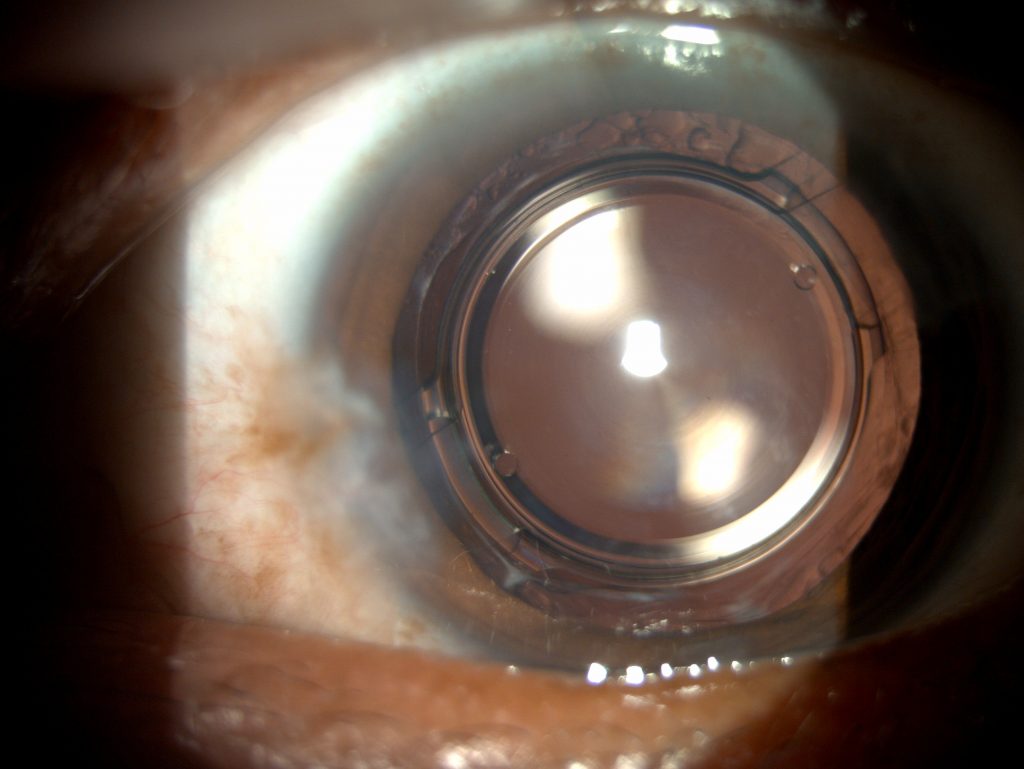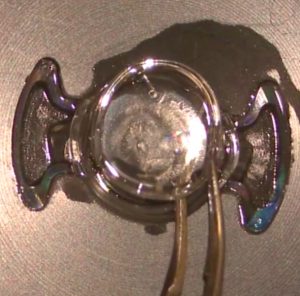A new approach for unhappy patients
Multicomponent IOL systems offer attractive option in certain scenarios

Cheryl Guttman Krader
Published: Saturday, February 1, 2020
 A slit lamp photo of the Precisight with both components within the capsular bag[/caption]
A slit lamp photo of the Precisight with both components within the capsular bag[/caption]
 Harvey S. Uy MD
Harvey S. Uy MD Assembly of a Precisight IOL outside of the eye
Assembly of a Precisight IOL outside of the eye